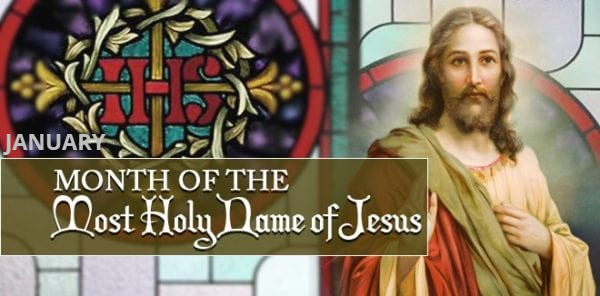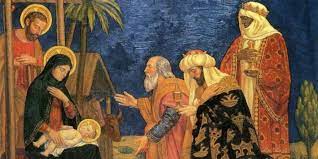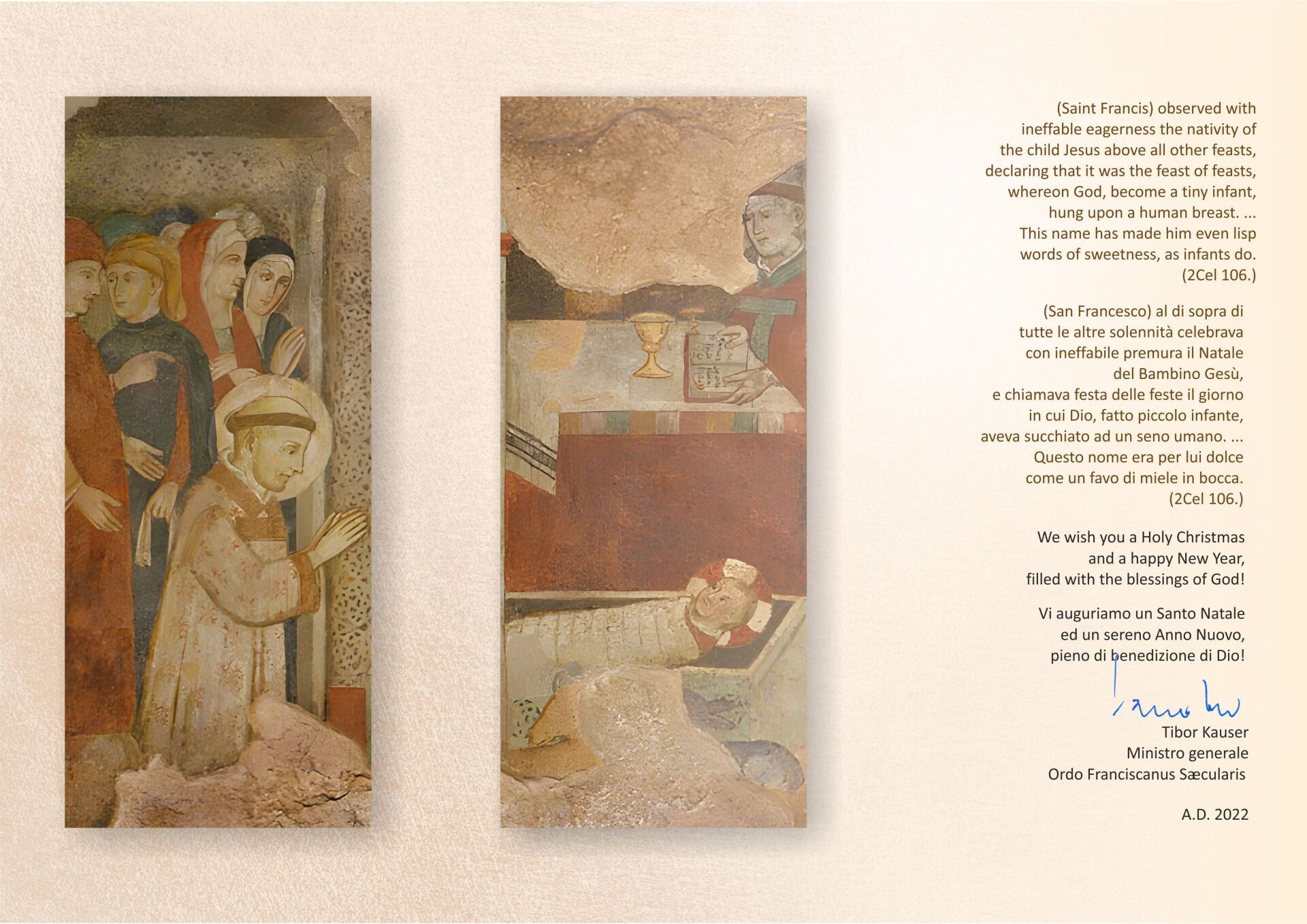
Next Gathering
Sunday, Jan. 8, 2023
at 2:00-4:30 PM
Council Members
(exp. Feb. 13, 2025)*
- Minister: Joanne Giordano, OFS
- Vice-Min., & *temp. Treas.: Jean McGovern, OFS
- *Secretary: Virginia Davis, OFS
- Formation Director: Fred Schaeffer, OFS
- *Councilor: Helen Caldarone, OFS
- Webmaster & Canticle ed. Fred Schaeffer, OFS
(*) Functions re-assigned Nov. '22, because
Nancy Thomas, OFS, moved out of area.

Meeting Schedule
2:00 Opening, Reports, etc. (All times are approximate)
2:20 Formation (Fred): Ch. 15, pgs. 164-174 in the
Franciscan Journey, Updated version.
3:00 Social
3.45 Liturgy of the Hours: Evening Prayer
4:15 Closing prayers, Dismissal. Council Meeting &
Cleanup.
We attend the 5:00 pm Mass together.
St. Patrick's Rm. will be open at 1:30 pm [set up].
From: TAU-USA—December 2006 issue featured the following under the Formation Commission which we share with you.
“What is Fraternity?
- Fraternity is Family — we come together to share our Franciscan hopes and dreams.
- Fraternity is Relationship — God has chosen our relationship. Each person who is in fraternity is brother or sister to each other.
- Fraternity is Allegiance — Our allegiance belongs to the fraternity, first and foremost, before any other commitment we have, outside of our own families. Our International Fraternity reminded us that if there is a conflict between a parish ministry and our gathering, we are to choose the gathering.
- Fraternity is Trust — It is necessary for the fraternity to survive.
- Fraternity is Earnestness — that we be sincere with one another and with the world. We are not to be Franciscan for the short time we spend together each month. We are to be Franciscan in the world. We come together to have our Franciscanism nourished so that we go out and share our Franciscan values in the world.
- Fraternity is Reliance — asks us to be dependent on one another. Francis reminded his brothers that they were to make their needs known to one another. The fraternity cannot help us if we do not make our needs known.
- Fraternity is Necessary — for our way of life; fraternity is our way of life. Who better to challenge us to live the gospel than our brothers and sisters who have promised the same?
- Fraternity is Intimacy — we are not to be strangers to one another. Do others recognize us as brothers and sisters?
- Fraternity is Truthfulness — a necessary component, if any relationship is to grow. We must always speak the truth, with kindness, to each other.
- Fraternity is You — without you, we have no Franciscan family, no Franciscan connection. You are God’s gift to the Fraternity."
And God called us first (He gave us a Vocation to become Franciscans!)
Divine Mercy Fraternity ● Secular Franciscan Order ● Vero Beach, Florida ● Jan. 2023 p. 2

January 6, 2023 - Epiphany
Divine Mercy Fraternity
Secular Franciscan Order
wishes you a
Happy New Year!


Divine Mercy Fraternity ● Secular Franciscan Order ● Vero Beach, Florida ● Jan. 2023 p. 3
The Mystic: St. Francis of Assisi
by Fred Schaeffer, OFS
What is a Mystic? Well, there are many definitions, none of which suit me. We could simply state that mysticism is the philosophy and practice of a direct experience of God. St. Francis had an innocence that is difficult to find in today’s world. By upbringing, not really a lover of the environment, he regarded every tree as an individual creation of God. As G.K. Chesterton says so well, "In a word, we talk about a man who cannot see the wood for the trees. St. Francis was a man who did not want to see the wood for the trees. He wanted to see each tree as a separate and almost a sacred thing, being a child of God and therefore a brother and sister of man."¹
Francis' Canticle of the Creatures tells us a lot about his uniqueness as a mystic. Some call him an impossible dreamer, but make no mistake about this; he wasn’t a simpleton or a fool. He had a deep, innate Faith in God, honed to a finer point than most of us. According to Chesterton, “For St. Francis nothing was ever in the background. We might say that his mind had no background, except perhaps that divine darkness out of which the divine love had called up every colored creature one by one. He saw everything as dramatic, distinct from its setting, not all of a piece like a picture but in action like a play. A bird went by him like an arrow; something with a story and a purpose, though it was a purpose of life and not a purpose of death. “¹
St. Francis was a mystic, but he believed in mysticism and not in mystification. As a mystic he was the mortal enemy of all those mystics who melt away the edges of things and dissolve an entity into an environment. He was a mystic of the daylight and the darkness; but not a mystic of the twilight. He was the very contrary of that sort of oriental visionary who is only a mystic because he is too much of a skeptic to be a materialist. St. Francis was emphatically a realist, using the word realist in its much more real medieval sense.
There are few people, of the modern world in the 21st Century, who are not materialists. There are even fewer people who are so pure of thought that they always have something good to say about other people. Most of us, today, suffer. We suffer because we cannot have what the other person has, and we suffer because of sickness.
St. Francis was sick, too, but he knew his pain was the pain of the Cross, and he lived with Christ in a mystical relationship that made it easy to see why he is always pictured at the Cross, supporting Christ, and Vice-versa.
We need but to read The Little Flowers of Saint Francis, to find examples of Francis’s mysticism. St. Clare is also a great mystic. As were many great saints. St. John of the Cross, St. Teresa of Avila, and St. Therese of the Child Jesus, were mystics because of their pure and direct relationship with Jesus. Some of the elderly, retired friars, still live this simple direct relationship with Jesus. I pray that there are more of them.
(1) St. Francis of Assisi G.K. Chesterton, Image Book edition 1957, 1924, by George H. Doran Company.